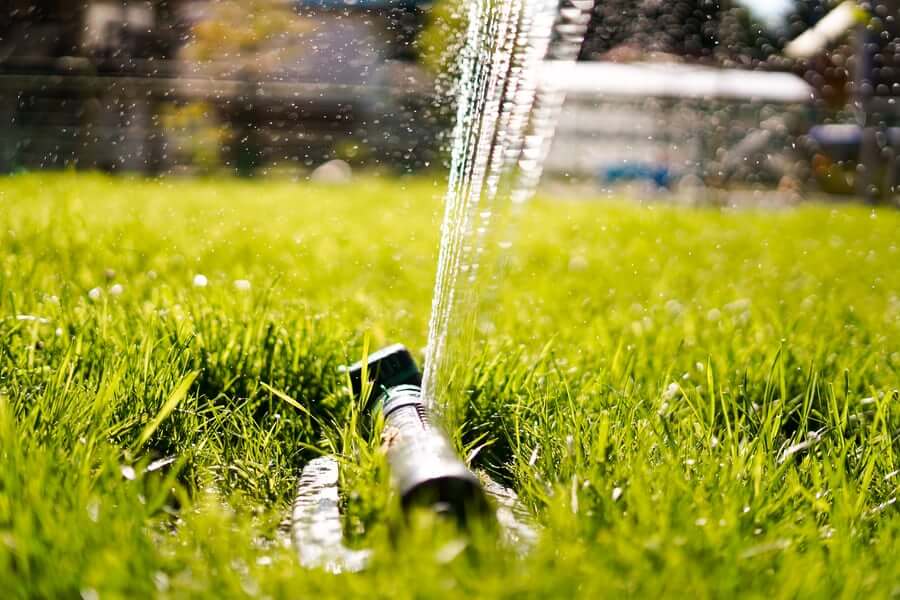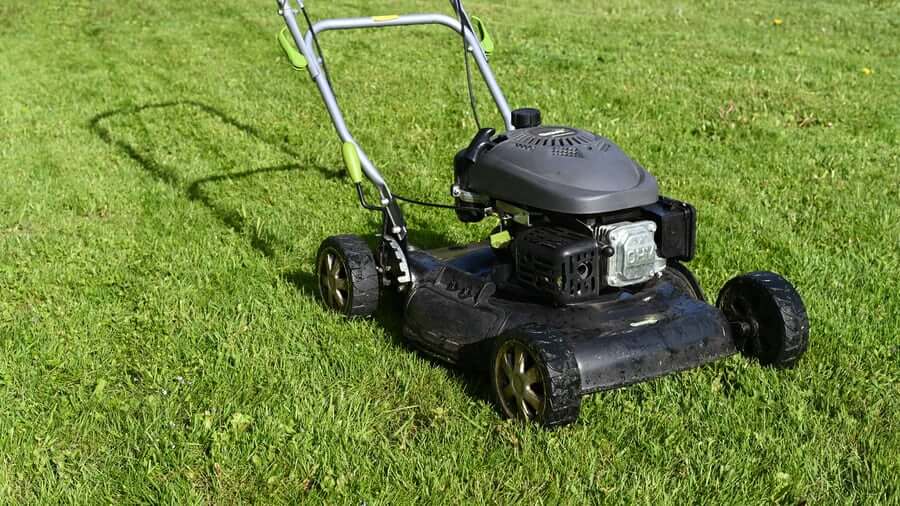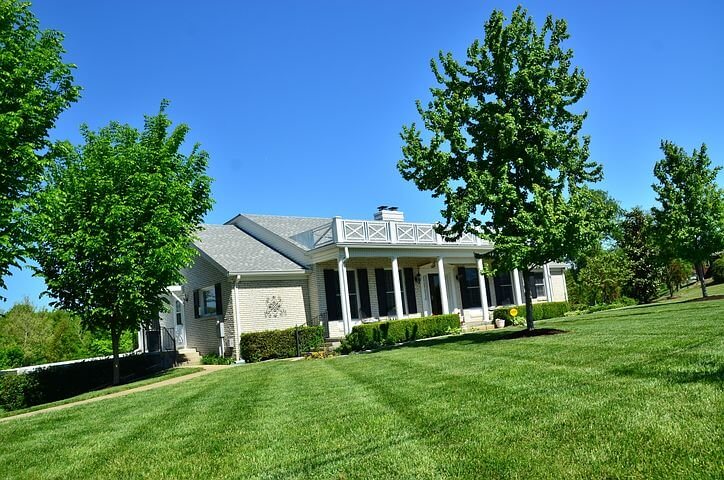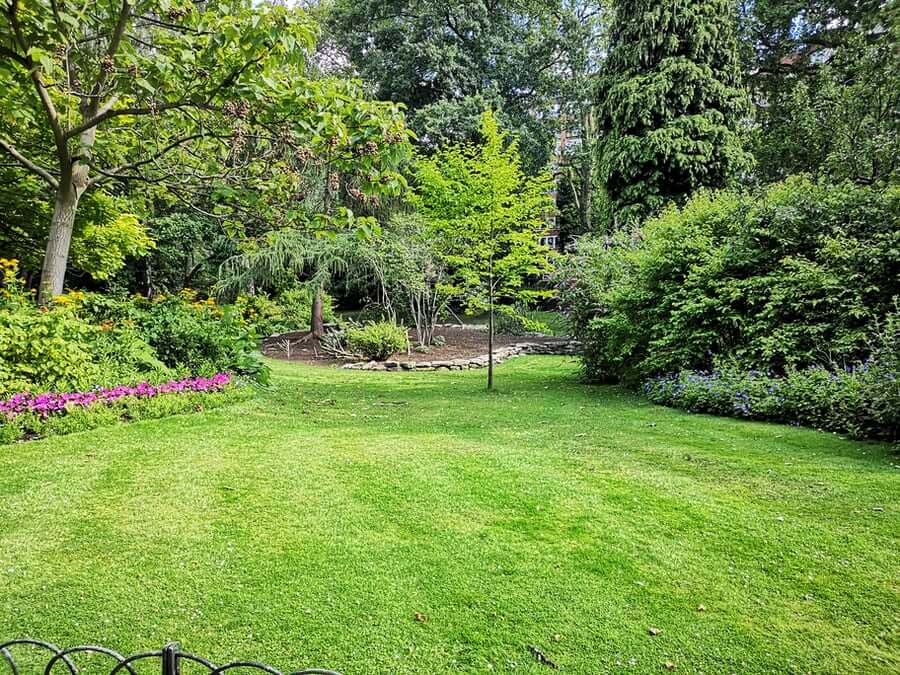THE TRUTH BEHIND 5 LAWN CARE MYTHS
Lawn care is a partnership between homeowners and the professionals they hire to provide specialized products, services, and advice. Your lawn care team is important, but their role is limited; most of the routine maintenance and upkeep of any yard remains its owners’ responsibility. People who aren’t in our industry can find decisions very challenging when they encounter conflicting or even downright inaccurate advice. Here are 5 common lawn care myths and the real information you need to make the best decisions for your yard.
Myth #1: It’s best to keep grass cut very short. That means less frequent mowing, right? Unfortunately, short grass blades allow more sunlight to reach weeds, allowing them to grow and spread. Shorter grass also produces shorter roots, with less capacity to store water for hot, dry weather. As we noted above, different grass types do better at different heights, but as a general rule, no more than one-third of blades should ever be removed in one mowing.
Myth #2: Water every day. The central element of a successful watering regimen is quantity, not frequency. Lawns need an inch of water each week, and you’ll see the best results watering less often and more thoroughly.
Myth #3: Fertilizers are bad for the environment. Fertilizer is another important tool to ensure consistency and uniformity across an entire lawn. Without it, encouraging growth in patchy and thinning areas can be very difficult. Many commercial fertilizers are just concentrated versions of chemical compounds found in nature. Bear in mind that the healthy grass supported by fertilizer reduces the amount of carbon dioxide in the atmosphere, gives off oxygen, and even filters some pollutants from the ground, keeping them out of the water supply.
Myth #4: Discard your grass clippings. Some people argue that leaving clippings on your lawn after mowing blocks sunlight and moisture from reaching the grass below. Others just don’t like the way that scattered clippings look. Actually, those clippings not only become supplemental nutrients in soil — they also reduce thatch.
Myth #5: Brown grass must be the result of intense heat. Our southern summers can certainly dish out a lot of punishment to all manner of animals and plants, but drought stress is not the only cause of brown grass. Certain diseases and pests might also be responsible, and some of those threats (like several common summer funguses) can be intensified by hot, humid conditions. The damage they cause can be contained if they’re addressed quickly, so call your lawn treatment company as soon as possible if you see patches of brown grass. They can diagnose the real cause so the right remedy can be administered.
These are just a few of the common myths that cause people to damage their own lawns. Fortunately, in the era of the internet, you can easily conduct research whenever a question arises. However, you still might run into some conflicting recommendations, and it can be hard to assess the credentials of online experts (or “experts”). Don’t hesitate to consult your local lawn care company before taking any drastic measures.







